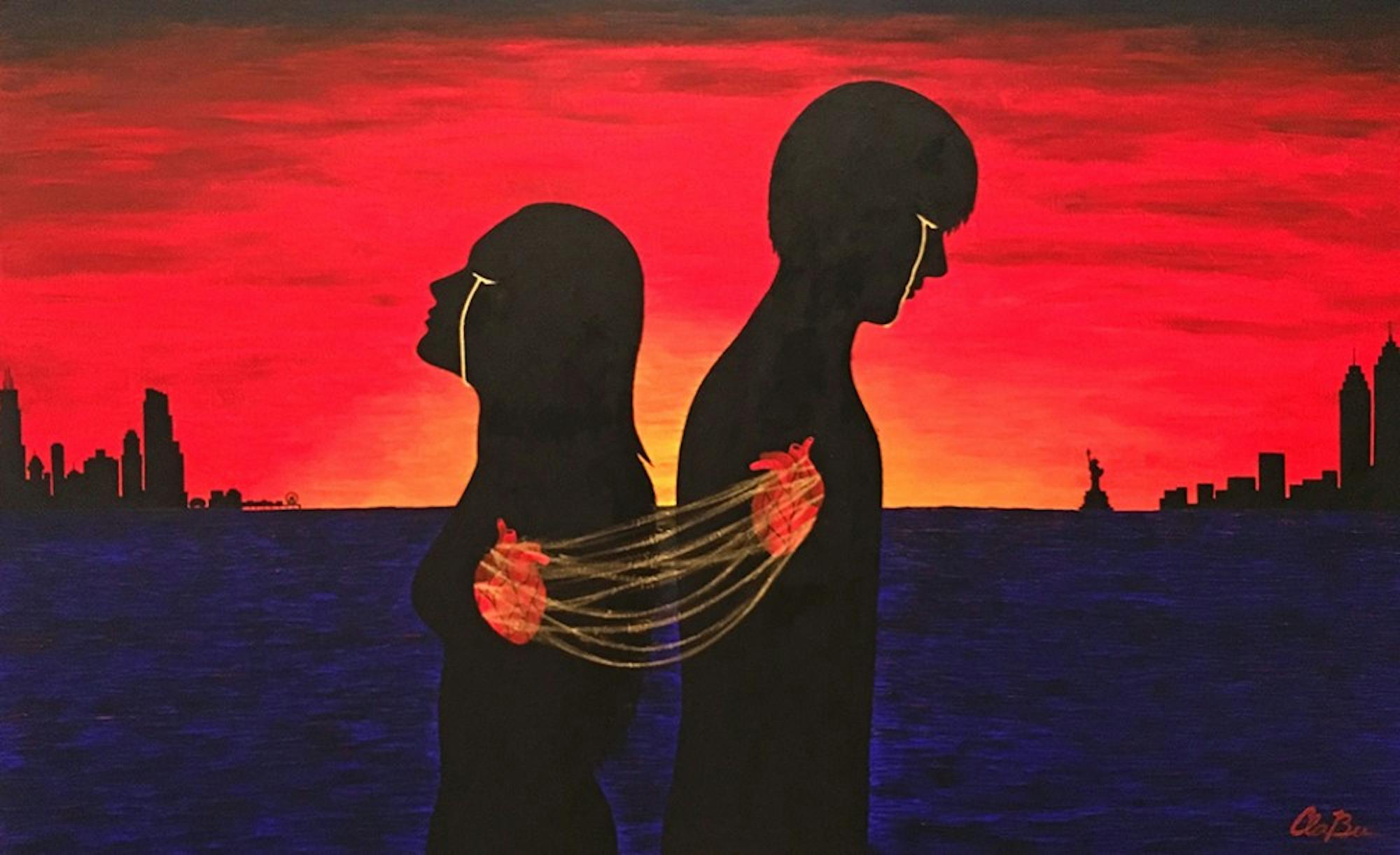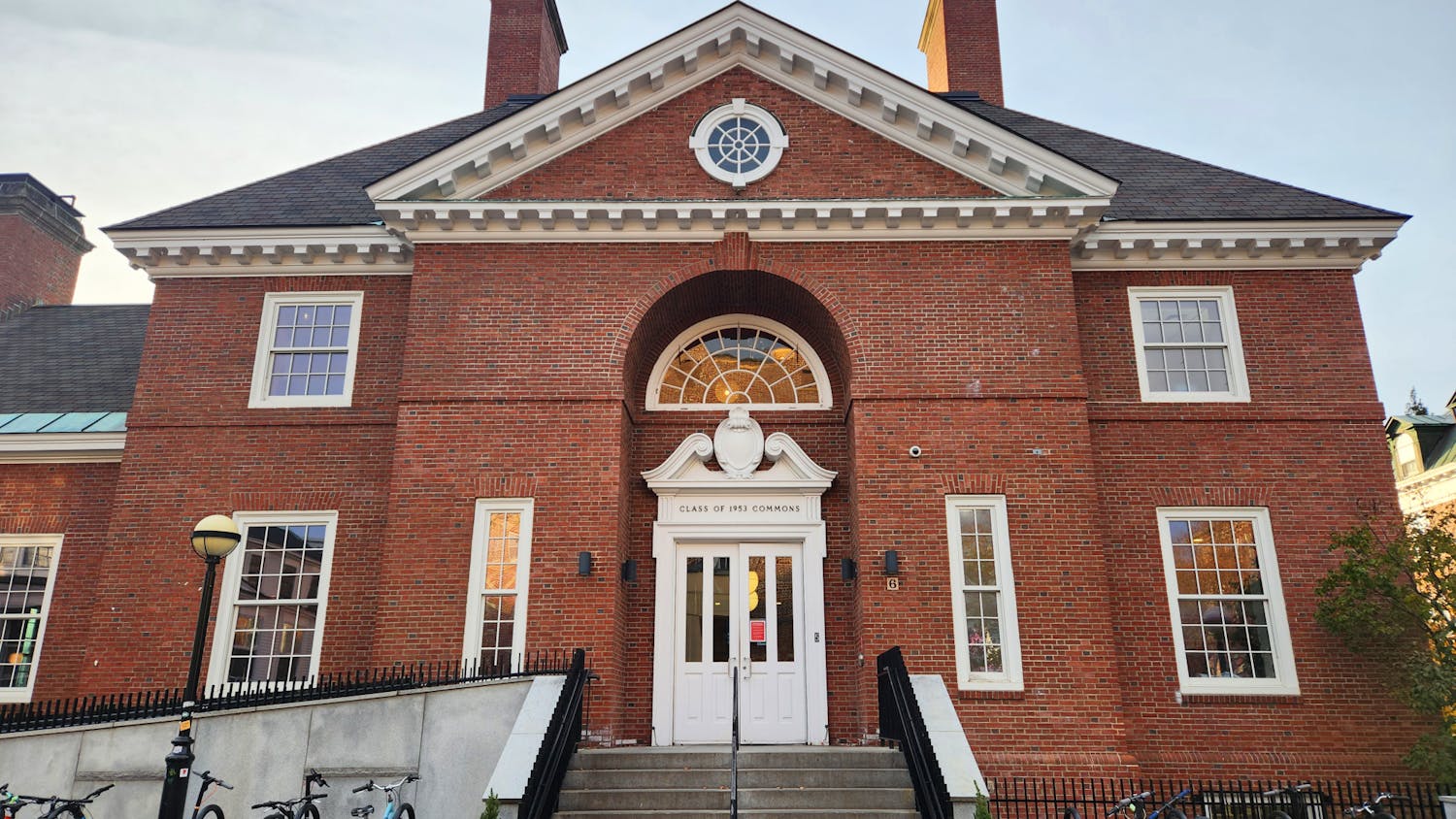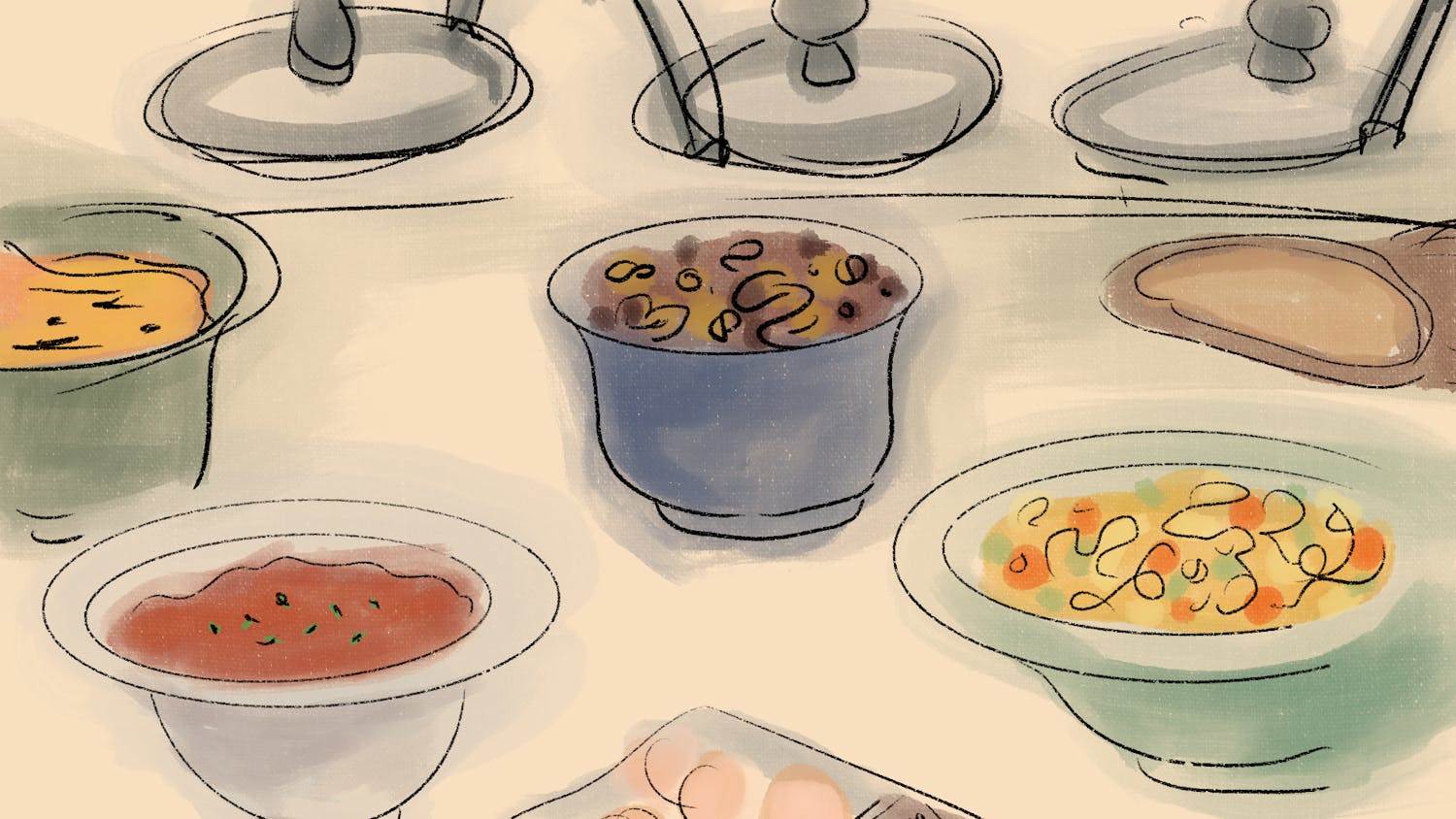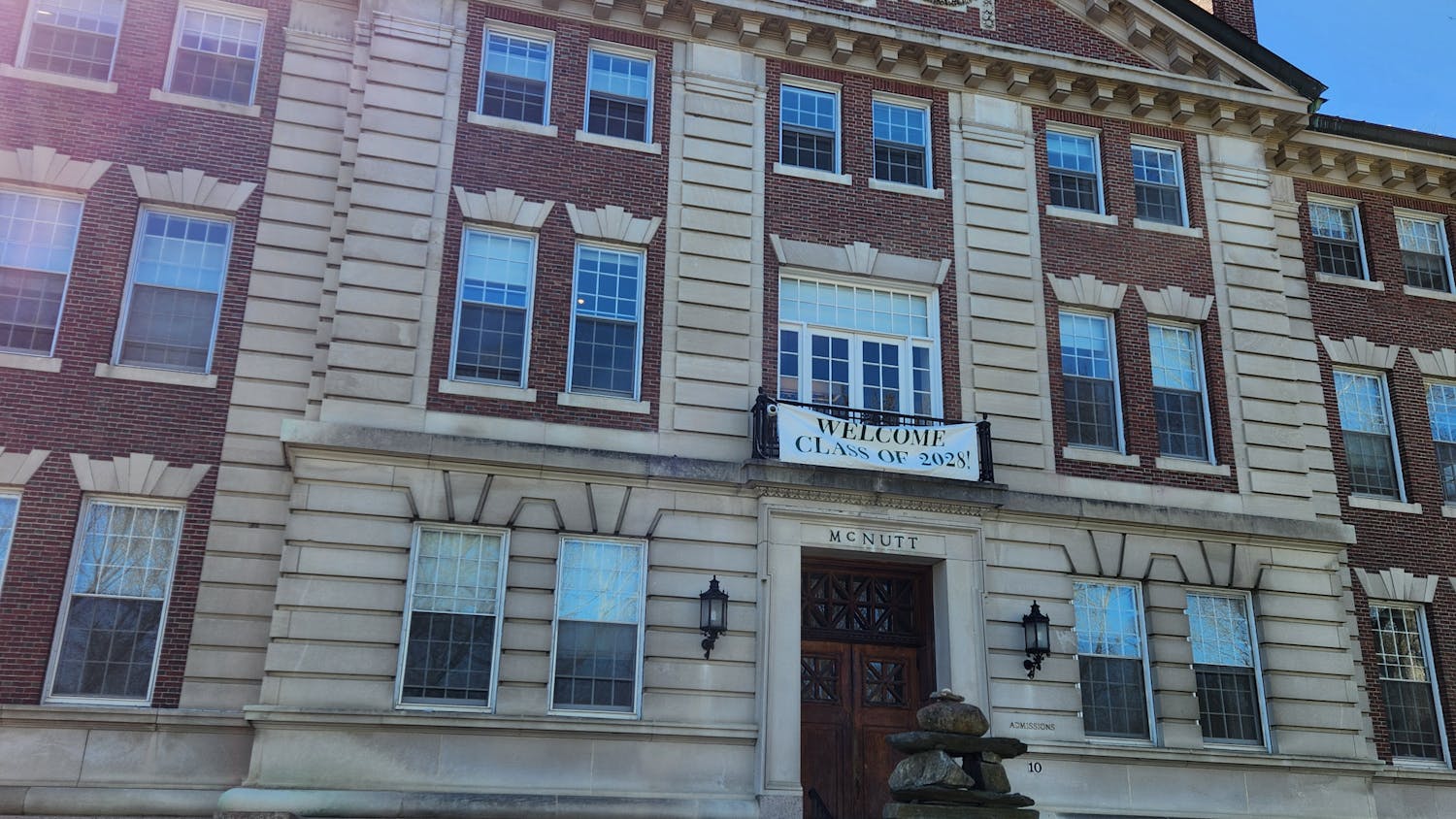Every painting has a final brushstroke. Every sculpture has a finishing touch. Even every photograph uploaded on Instagram has a last filter adjustment. Regardless of medium, a piece of artwork will eventually reach a point where its artist decides to stop making any more changes.
How do artists decide when they’re done with their work? Does it vary by the individual artists? By the medium? By an assignment’s deadline? This week, the Mirror interviewed three student artists to learn more about their artistic processes and explore when, if ever, they felt confident that their art was finished.
Claire Burner ’20, a studio art major whose main medium is graphite, envisions what she wants her final product to look like and then works until her work matches the image in her head. She believes that this approach is somewhat unusual, especially among students in her class.
“A lot of people will start something with a vague idea of what they’re doing, I suppose, and then they’ll just run with what’s going on,” Burner said. “They don’t really have a solid end goal picture in their head. Whenever I start something, I have a very clear picture in my head of what I’m trying to accomplish.”
How do these clear pictures get in Burner’s head in the first place? She said that it depends, but she’s often inspired by music — not always the lyrics of what she listens to, but rather the general feelings she gets from a song. For example, a drawing that she recently uploaded to Instagram was inspired by the track “Be Together” by electronic music group Major Lazer.
When she’s working on a piece inspired by a song, she said that she doesn’t listen to it on loop while she draws, but she may listen to it to strengthen her mental image of the completed work.
“Something I like to do is when I know I’m about to finish my drawing, I’ll put that song on, so then it’s finished while the song is playing,” Burner said.
Will Allan ’18, a studio art major with an architecture focus, has a very different approach to finishing his artwork. Unlike Burner, he said that he almost never has a clear idea of how he wants his pieces to end up. He attributes some of this uncertainty to his difficulty understanding the motives behind his pieces before he starts.
“I also have trouble figuring out my motives internally,” Allan said. “I just build something or take a photo or draw something — I don’t really know why. A lot of artists are very specific about their intentions and are very articulate with their intentions. That’s not me at all.”
Allan spends a considerable amount of time thinking about how he wants to continue working on a piece. He said that he’ll even take photos or videos of a sculpture that he’s working on so that he can look at it when not in the studio. Allan believes that not having enough time, and other limitations outside of his control, are the worst reasons to “finish” a work — and, unfortunately, he encounters these limitations often in his art classes.
“Ideally, a finished piece would be one that I’ve gone through all the possible options I can think of, tried everything and got as much feedback as I can,” Allan said. “But that’s kind of unrealistic because you have time constraints and material restraints and you can’t get feedback from everyone you want.”
Grace Hanselman ’20, a prospective studio arts major who hopes to concentrate in either drawing or painting, finds that how she determines if a work is finished depends on the medium.
“With drawing, I’m a little more conscience of everything that I need to do because the process of putting the marks on the paper is a little bit slower,” Hanselman said. “With a paintbrush, you can cover a lot more ground with just one stroke. With a pencil, it’s a very fine process.”
One struggle that Hanselman faces is determining whether adding more details to a work will lead to a better final product or “overkill.” She said that when she received feedback from her professors, sometimes they comment on what more she could have done, and sometimes they comment on how a less-detailed approach would have been more effective.
“[Adding more details is] kind of like a rollercoaster,” Hanselman said. “It’s getting better, it’s getting better, then you slow down at the top and this is the best work it can be. If you keep going, it can go down really fast.”
All three students interviewed commented on how they react to receiving feedback on a work that they believed was already finished. Hanselman acknowledged how hard accepting feedback can be, but she said that she usually keeps feedback in mind when working on future works.
“Sometimes [receiving feedback is] frustrating because art, for a lot of people, is a deeply personal thing that they’re pursuing,” Hanselman said. “Sometimes it feels like someone [giving you feedback] is going into your diary and saying, ‘Oh, you should have said this.’”
Burner expressed a similar sentiment, saying that her professors respect when she believes that a work is finished. They don’t push her to change a work that she’s happy with, but instead they offer advice on how she can push herself outside of her comfort zone in the future.
Allan pointed out that the balance between listening to a professor’s critiques, sometimes in the pursuit of a good grade, and staying true to one’s artistic vision is tricky to maintain but important.
For pieces of writing, titles are often among the last things finalized. Does this remain true in the visual arts as well? When asked, Hanselman answered that she doesn’t even title most of her works because she fears that doing so would limit a viewer’s freedom to appreciate them in their own way.
“I feel like when you title something, it limits the ways that the viewer can interpret it,” Hanselman said. “I think viewer interpretation and the freedom of viewer interpretation is very important.”
Burner usually chooses titles toward the beginning of her artistic process, and Allan almost never titles his works. Burner and Allan, who both maintain Instagram accounts, individually discussed how Instagram captions aren’t quite titles, but they are still chosen very intentionally. Burner prefers to credit the songs and artists that inspire her in her captions, and Allan chooses his captions carefully because his Instagram photos are some of his only publicly-displayed works — almost everything else never leaves the studio.
With or without titles, finished pieces of artwork will ideally speak for themselves. Trying to describe the artistic process with words is like trying to illustrate the journalistic process; one can try, but the two media just aren’t interchangeable. As long as an artist can somehow feel that their work is done, it’s done — no further explanation needed.




